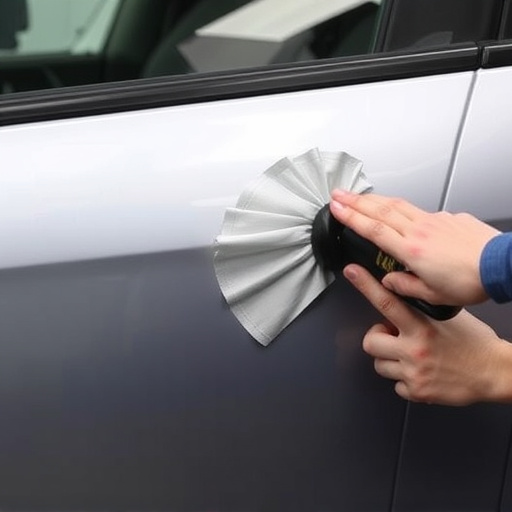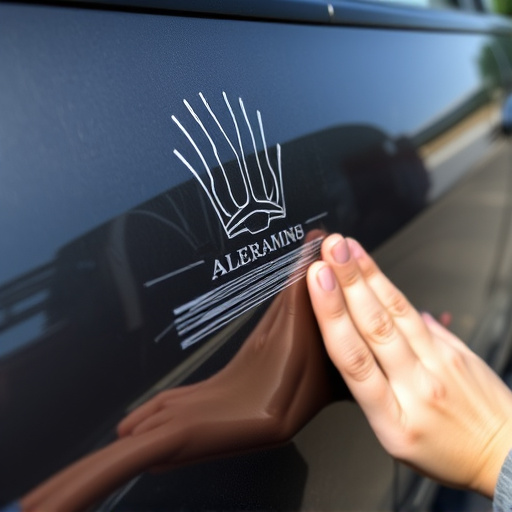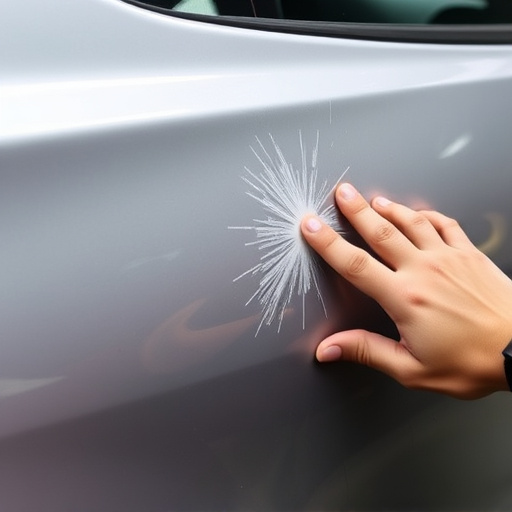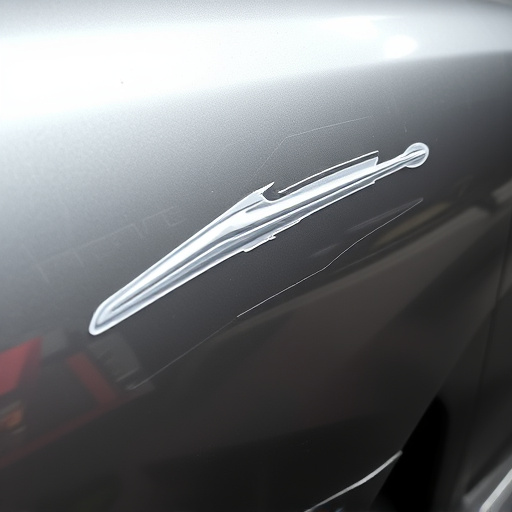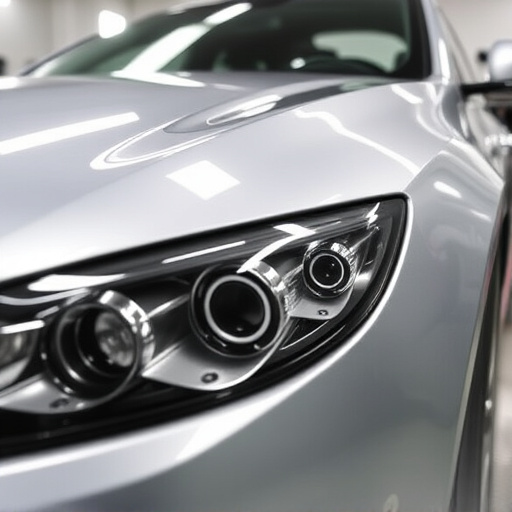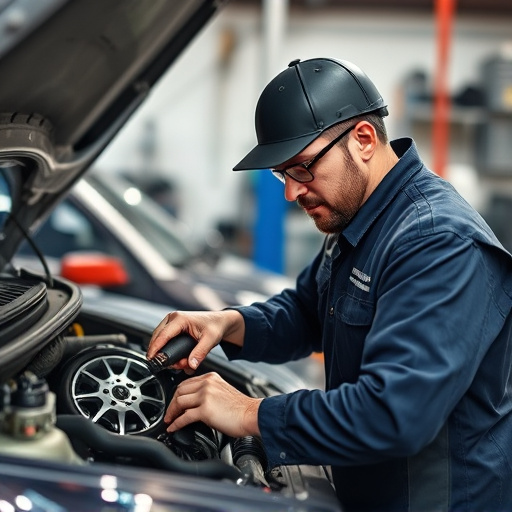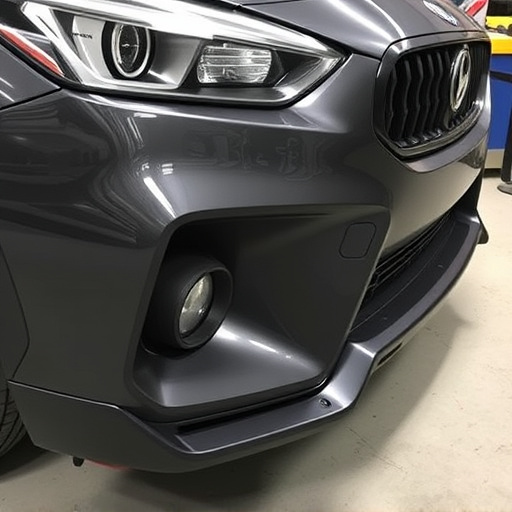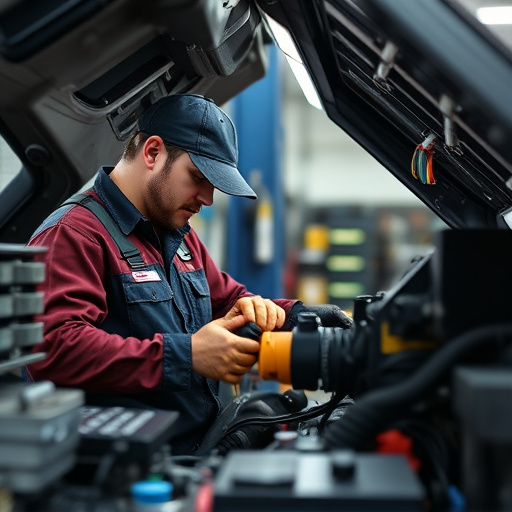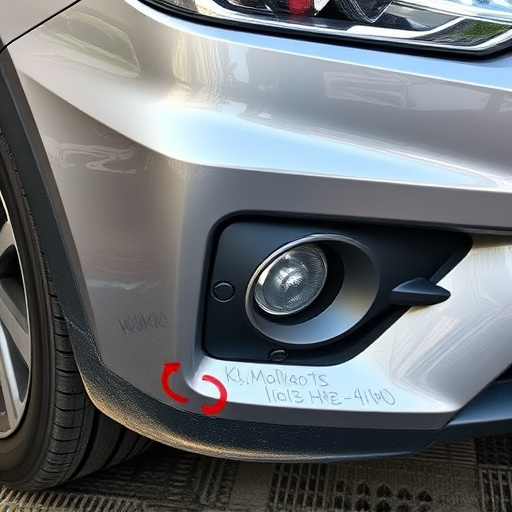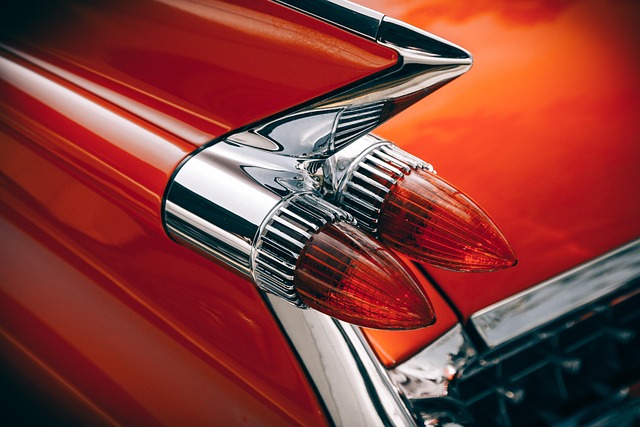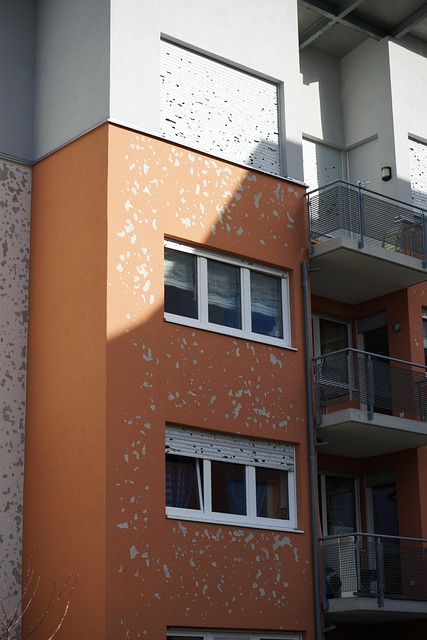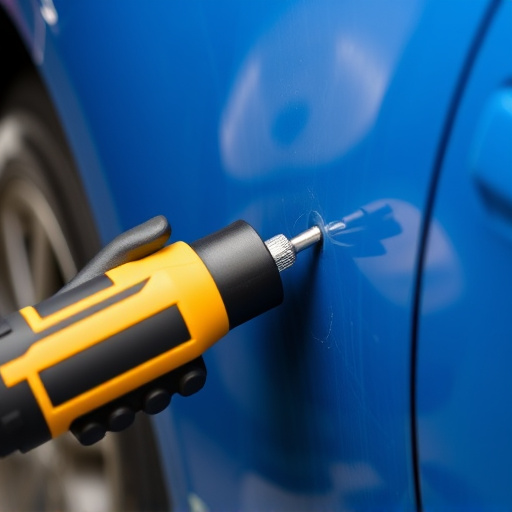Clear coat repair addresses common car finish issues caused by environmental factors or poor application, leading to peeling and cracks. Minor damage can be fixed with DIY kits, while severe cases require professional collision repair services for optimal paint job integrity.
Peeling and cracks in clear coat layers can mar the appearance of surfaces, but understanding these issues is key to effective clear coat repair. This article delves into the common causes behind peeling and cracking, helping you assess the scope of damage. We’ll guide you through proven techniques for restoring clear coat layers, ensuring your surface looks as good as new. By mastering these steps, you’ll be equipped with the knowledge to effectively address and prevent future clear coat repair needs.
- Identifying Common Causes of Peeling and Cracks
- Evaluating Damage: Scope of Clear Coat Repair
- Effective Techniques for Restoring Clear Coat Layers
Identifying Common Causes of Peeling and Cracks
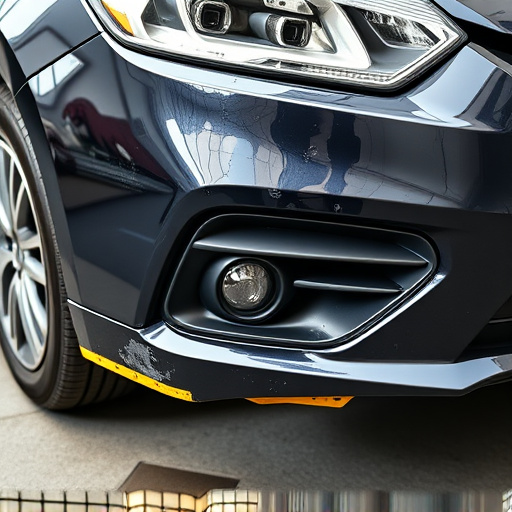
Peeling and cracks in clear coat layers are common issues that can mar the appearance and protective qualities of a vehicle’s finish. Identifying the root causes is crucial for effective clear coat repair at an automotive body shop or collision repair shop. One of the primary culprits is environmental factors, such as exposure to extreme temperatures, UV radiation from the sun, and harsh weather conditions, all of which can weaken the bond between the clear coat and the underlying paint. This deterioration leads to blisters, bubbles, and eventually, peeling and cracks.
Another significant cause is poor initial application or subsequent maintenance. Insufficient drying time after painting, improper surface preparation, or using low-quality clear coat products can result in a weak, brittle finish that’s prone to damage. Over time, daily use exposes the clear coat to dirt, grime, and other contaminants, further weakening it and leading to peeling and cracks. Understanding these causes allows vehicle body shop technicians to address them proactively during clear coat repair processes.
Evaluating Damage: Scope of Clear Coat Repair
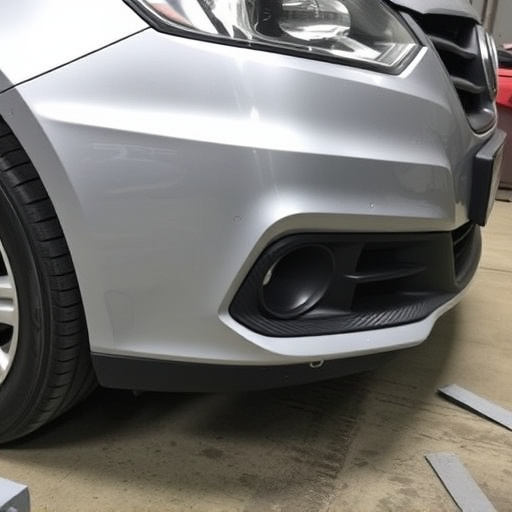
When assessing damage to a clear coat layer, it’s crucial to understand the scope of repairs needed. Peeling and cracks, while common issues, require careful evaluation. Start by identifying the extent of the affected area; is it isolated or widespread? Smaller chips and peeling can often be addressed with touch-up paints and specialized clear coat repair kits, suitable for DIY enthusiasts or minor incidents.
For more significant damage, especially in luxury vehicle repair scenarios, collision repair services may be necessary. Cracks that extend deeper into the clear coat or reach significant sizes indicate a need for professional intervention. Automotive restoration experts have the tools and expertise to thoroughly evaluate and correct these issues, ensuring the integrity of the paint job and the vehicle’s overall appearance.
Effective Techniques for Restoring Clear Coat Layers
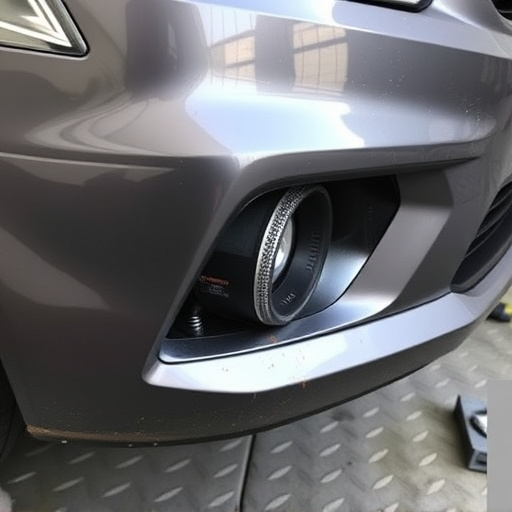
When it comes to restoring clear coat layers, there are several effective techniques that can bring your vehicle back to its pristine condition. One of the most common and successful methods is clear coat repair using specialized kits designed for this purpose. These kits include compounds, fillers, and polishes tailored to match the original finish precisely. By carefully sanding down the damaged area, applying the compound, and then polishing until smooth, you can effectively fill in cracks and peels, restoring the clear coat’s glossy appearance.
For more severe cases, especially after vehicle collision repair or frame straightening, professional automotive repair services might be required. Experienced technicians use advanced tools and techniques to completely remove the damaged clear coat down to the base layer, ensuring a clean surface for recreation. This process involves meticulous attention to detail, precise application of new clear coat, and final polishing to achieve a flawless finish. Such thorough automotive repair methods not only restore aesthetics but also ensure the longevity of the vehicle’s exterior.
Understanding the causes of peeling and cracks in clear coat layers is the first step towards effective clear coat repair. By identifying common issues, evaluating the extent of the damage, and employing suitable restoration techniques, you can restore the integrity and smoothness of your clear coat finish. With these insights, tackling clear coat repairs becomes more manageable, ensuring your surfaces look as good as new.
